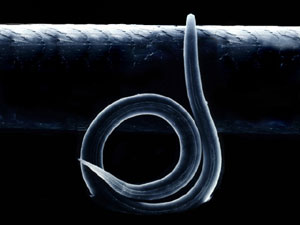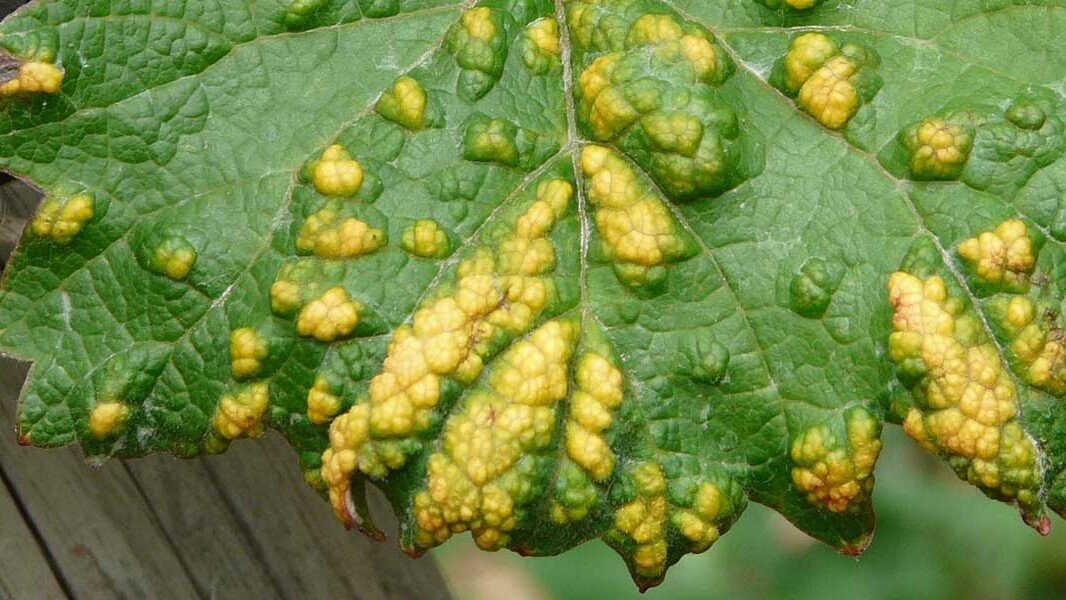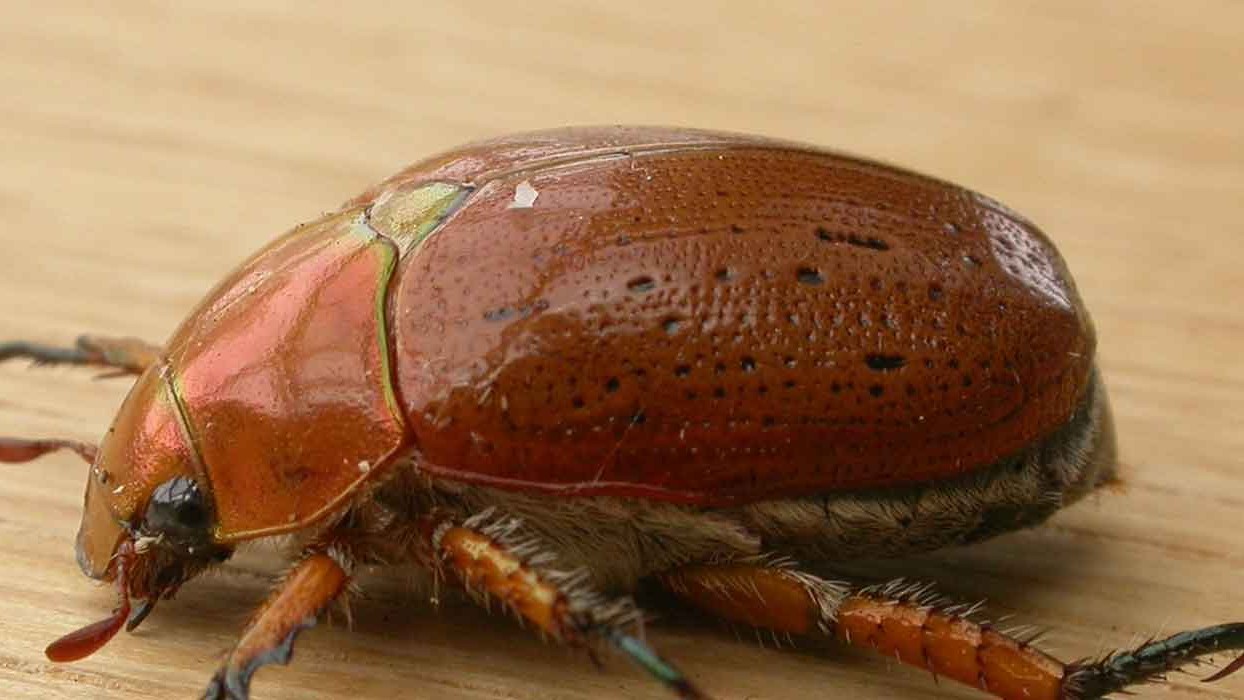Hi, my name is: Root Knot Nematode
Describe yourself: For some reason, heaps of people are really scared of me. I don’t know why, I’m just a microscopic little critter who looks a bit like an eel. I’m not a bad guy, it’s just I have this toxic saliva that seems to destroy everything it touches…
Hobbies: I love roots! Roots are my life! I adore entering roots and nibbling the goodness out of them, while secreting my terrible saliva. Apparently this causes rotting, abnormal cell enlargement and multiplication (like galls), abnormal cell division that results in an excessive number of lateral roots, and general stunting.
Likes: Roots, especially those of tomatoes, potatoes, beans, carrots, wheat, grapevines, and ornamentals such as many cut flower varieties. I especially love sandy soils, it lets me breathe and move about! I love warm weather and curling up with an egg sac over winter!
Dislikes: The roots of a few plants (French Marigold and Asparagus mainly) confuse my lifecycle and can result in my untimely passing, resistant plant varieties, crop rotation, regular watering, compost and mulch.

You’ll know you’ve met me when: Well, this is part of the problem, you probably won’t know until you pull out your plants and have a look at the roots. Because I hang out underground, the first you may know about it is slow growing, stunted plants with pale green or yellow leaves
Breaking up ain’t hard to do… if you
-
- Forget about the chemicals… this ain’t going to work for us little fellas!!
- Destroy all infected plants by bagging and disposing in rubbish, or burning. Do not compost.
- Rotate your crops!!! Don’t plant the same crops, or susceptible crops in the same area each season. And the crops that replace them must be immune to the nematode or have a high level of resistance. These include some grasses, cabbage, cauliflower, sweet corn and onions.

- Plant loads of French marigolds in your patch with susceptible plants! French marigold roots produce exudates that stimulate hatching of nematode eggs, but when the larvae enter these plants they die without completing their lifecycle.
- Try a little asparagus! Asparagus roots secrete an exudate that is toxic to nematodes.
- Regularly water, use compost and mulch, and keep the soil rich in organic matter!
Photographs:
Banner image: CSIRO, CC BY 3.0, https://commons.wikimedia.org/w/index.php?curid=35486044
Pic 1: http://www.avrdc.org/photos/tomato_diseases/index.html
Pic 2: http://www.nematology.umd.edu/rootknot.html Desc: Here I am… what a handsome devil!
Pic 3: http://www.apsnet.org/Education/LessonsPlantPath/RootKnotNema/default.htm Desc: A carrot crop showing Root Knot Nematode Damage
Related Articles:
Prevent Pests in Your Garden
If you can prevent pests in your garden you will save time, resources and money as well as helping your garden flourish. Effective pest control is…
Christmas Beetles
Most of us would be familiar with the brightly coloured, glossy and sometimes iridescent Christmas beetles. We often see them dazed and confused,…




